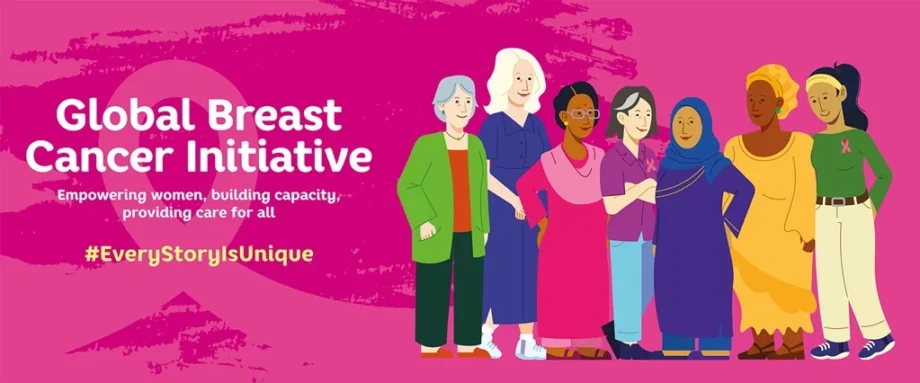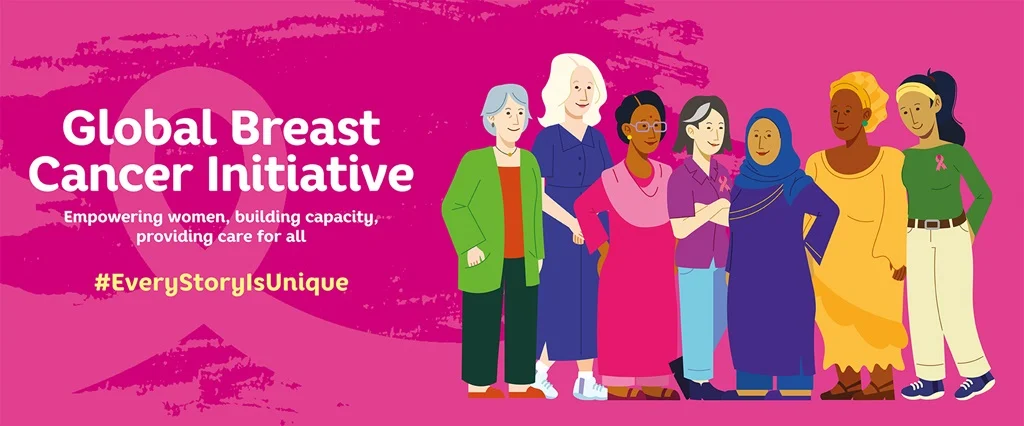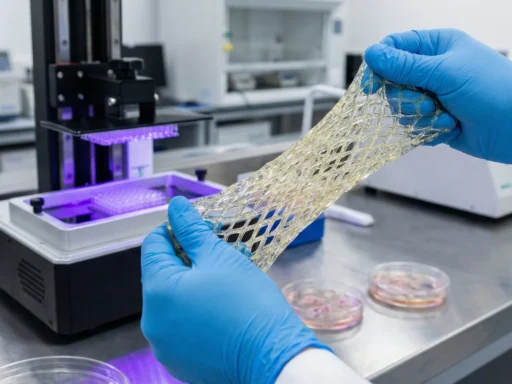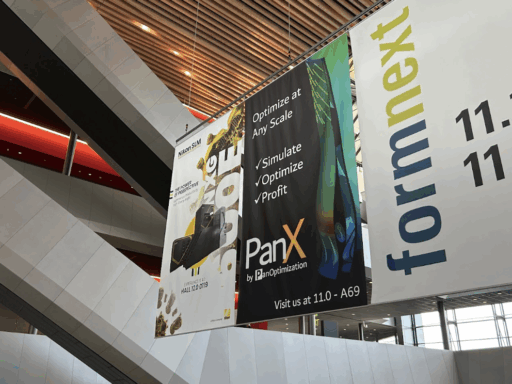Pink is the most important color this – and every – October, as it symbolizes Breast Cancer Awareness Month. According to the World Health Organization, in 2022, there were an estimated 2.3 million women diagnosed with breast cancer and 670,000 deaths worldwide. Breast cancer affects women in every country of the world and can occur at any age after puberty, with increasing rates in later life. All across the globe, doctors, innovators, activists, and cancer survivor communities are always on the lookout for new solutions to help combat and alleviate the disease.
This year, CURE, the leading omni-channel resource for patients with cancer, has looked into how 3D technology may be shaping the future of breast reconstruction. According to breast cancer experts, 3D bioprinting has started to transform what’s possible in the field by offering safer, more customized, and less invasive options for patients after mastectomy.
In a recent interview with CURE, Dr. Evan Garfein, chief of plastic and reconstructive surgery at Montefiore, mentioned that new tissue-engineered implants could lower the risks often associated with conventional methods. “Today, we can reconstruct a breast using implants or a patient’s own skin and fat,” Garfein said. “Having options matters – if you only have one, it’s not much of a choice. Fortunately, we can now offer many different ways to reconstruct a breast after mastectomy.”
The next frontier lies in bioprinted reconstructive and aesthetic implants that are capable of minimizing complications, such as infection, capsular contracture, and implant malposition. Two more key factors in the reconstruction journey are patients’ empowerment and timing. Garfein urges patients to meet with a plastic surgeon early to estimate their full range of options and understand whether they could include reconstruction with implants, tissue transfer, or none of these at all. As researchers continue studying and testing 3D printed and bioprinted solutions, breast reconstruction begins to combine science, technology, and patient choice more seamlessly than ever before.
More and more leading research institutes globally are working to integrate 3D printing and bioprinting into breast reconstruction. At Harvard’s Wyss Institute, traditional autologous tissue flaps – where a surgeon uses tissue from another part of a patient’s body to reconstruct the breast – are considered a more “natural” approach. The challenge is that not all patients have enough tissue for this procedure, and over 50% still experience complications at the donor site, often requiring additional surgeries or hospitalizations. This marks an unmet clinical need for safe, robust, and permanent reconstruction options.
To tackle this challenge, scientists at the Wyss Institute have designed a living tissue implant approach using a patient’s own cells. The team’s approach combines several next-gen tissue-engineering techniques. First, they create dense, living fat tissue from a patient’s own cells, creating it from tiny “organ building blocks” that act like miniature pieces of a jigsaw puzzle. Next, they carve a network of tiny channels through the tissue to guide blood vessels, ensuring the implant can integrate seamlessly with the body. Finally, they add special cuffs that allow surgeons to connect the implant directly to the patient’s blood supply.
At the heart of this process is an innovative 3D printing method called SWIFT (sacrificial writing in functional tissue). With a soft, gelatin-based “sacrificial ink,” researchers print the channels through the tissue and then wash the ink away. This leaves open pathways for blood to flow and keep the tissue alive. This technique is one of the many amazing examples of patient-centered, long-lasting, living implants that offer a promising glimpse into the future of breast reconstruction.






